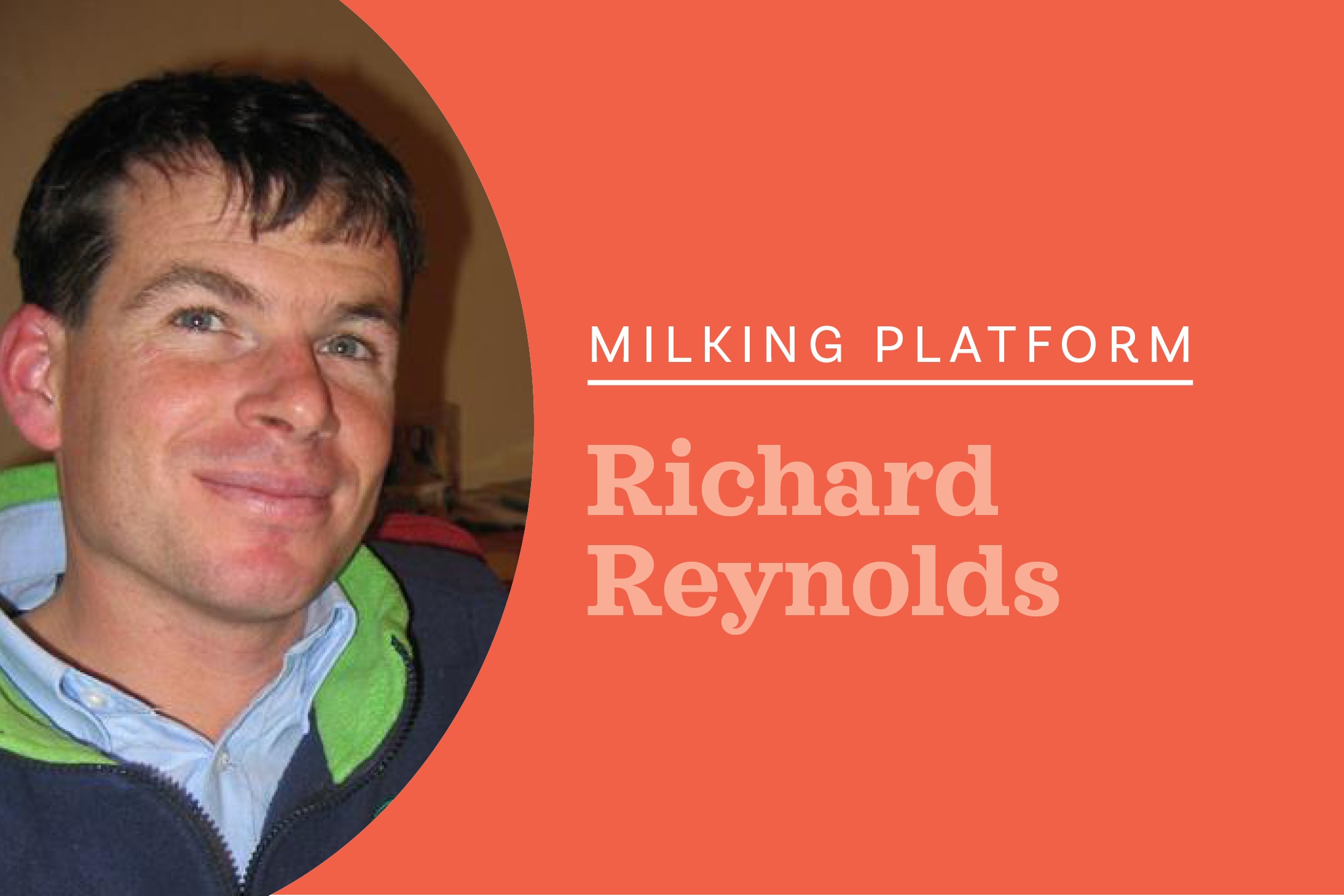Anne Lee
Lean management can be transformational in getting a work team really humming.
Not only can it mean jobs get done more efficiently with fewer frustrating problems, leading to cost and time savings – it also brings a feel-good factor and more upbeat, happy team.
Born out of Japanese car manufacturing after the Second World War it’s been adopted by numerous industries worldwide including farming businesses in New Zealand.
The approach includes several tools and ways of working that, when used repeatedly, become ingrained in the psyche of those using them, essentially becoming a culture.
It strives for continuous improvement, so always looking at how things could be done better, how waste can be taken out of the system, making sure people have the right tools in the right place at the right time for the job and team based problem solving to get to the real cause of the issue so the problem can be put right properly.
Lean management specialist Alan Sawyer says the five – sometimes six – S process is an integral part of the system and key to reducing waste and improving efficiency.
Sort – helps a workplace remove items that are no longer needed. When in doubt move it out.
Straighten – means organising items to optimise efficiency and flow. A place for everything and everything in its place.
Shine – keeping a clean and tidy area so problems can be more easily identified. Clean and inspect or organise through cleaning.
Standardise – implement colour-coding and visual labels to stay consistent with other areas. Develop the rules or procedures, follow and enforce them.
Sustain – develop behaviours that keep the workplace organised over the long term.
Safety – keep team safety as a priority.
Getting the foundation right
Alan says while the Ss are the most recognised part of Lean, most fundamental to its success is getting the foundation right.
“The foundation is about creating operational stability. Everything is built on that so it has to come first,” he says.
“Well-trained people and well-maintained equipment working reliably to achieve the standard – that’s the foundation.”
Training therefore is vital but it isn’t just about sending people off on a course and assuming they now know everything they need to about carrying out an activity or process on their farm.
“It’s about having team leaders who understand how to instruct people in the right way of doing the job on their farm.
“The concept we use is “job instruction”– teaching leaders how to break work down quickly and logically and how to identify and develop the important steps and key points for their processes.
“When leaders can do that they can go into their operation and standardise critical processes and teach them and then hold the team accountable to those standards.”
Typically, a job can be broken down into seven to nine important steps with three to four key points or critical factors.
Safety factors are always key points.
Those key points or critical factors make or break the successful outcome of the process and people are
taught that if one of the key points isn’t or can’t be met then the process doesn’t continue until that’s rectified.
Training team members in processes and team leaders in instruction is an ongoing exercise, he says.
“There’s always a skills gap.”
That’s the nature of workplaces with staff moving on or up, changing practices and new technologies.
Along with well-trained people, the foundation for the Lean approach, is about having well-maintained equipment and working to achieve the standard.
“When we work with people to understand the foundation, we train leaders on stabilising what we call the four Ms – method, machine, material and man.”
Method
“The method or process standards are stabilised by having a capable training system in place and at the heart of that is job instruction and job relations.
“Job relations is about maintaining a good relationship between the leader and team members and there are known techniques to achieve this.”
Machine
That’s a critical part of the foundation because it ensures equipment is reliable and ready for use when it’s needed.
“On the farm the machine refers to anything from a tractor to a vacuum pump to a platemeter and some farms can be guilty of running their gear to failure.
“If something’s not well-maintained you run the risk of it letting you down at a critical point, when you need it the most but you also run the risk of it failing permanently long before it should so you’re only getting a third to half the life out of it.
“Both those things are costing you money and creating frustration.
“The principles of good maintenance can be as simple as keep it tight – when things are loose they tend to break or fall off, keep it clean and keep it lubricated.”
Material
Materials used onfarm can include fertiliser, irrigation water, penicillin and even pasture.
There’s a just-in-time aspect to managing materials and in manufacturing that lowers inventory costs.
It can be the same for farming but it can also include being efficient with resources to maximise the response – such as irrigation water or fertiliser.
“There’s a just-in-time aspect to managing pasture too that’s driven New Zealand’s grassed-based efficiency.”
Man
This refers to the team – men and women.
“Having a stable team means having the right people for the right job – the right aptitude and attitude.
“You also need the right number of people – if you have too few there’s no time for the team leader to be leading.”
Alan says the four Ms and five Ss work in tandem and when Lean is implemented well in its entirety it gives the user an opportunity to leverage themselves and successfully duplicate their business so they can grow.





